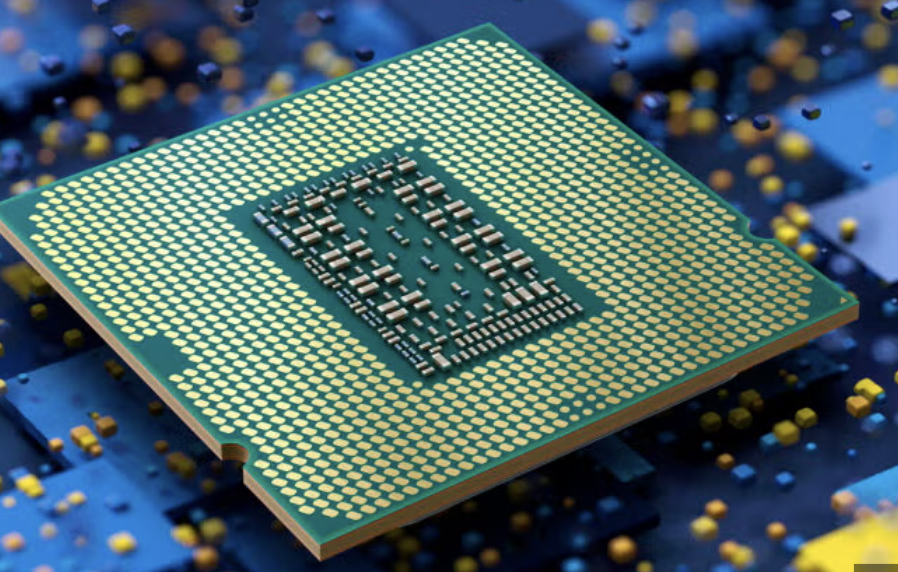Computer Science - CPU
1/19
There's no tags or description
Looks like no tags are added yet.
Name | Mastery | Learn | Test | Matching | Spaced |
|---|
No study sessions yet.
20 Terms
The CPU is…
the brain of the computer system.
The CPU processes…
all of the data that makes the system work.
The processing power of the CPU…
depends on characteristics, like its clock speed, number of cores and cache size.
CPUs contain 1000s of gold pins -
some of these transfer data and others supply power to the CPU.

There are two types of CPU…
von Neumann architecture
Harvard architecture
The CPU has three main parts…
The control unit (CU) is in control of the CPU. Its main job is to execute programs. It also controls the flow of data inside and outside of the CPU.
The Arithmetic Logic Unit (ALU) basically does all the calculations - it completes simple addition, subtraction, compares number size and can multiply or divide using repeated addition or subtraction. It also contains an accumulator register ( where calculation answers are stored)
The cache is very fast memory in the CPU. It stores regularly used data so that the CPU has quick access the next time it is needed. When the CPU wants data it first checks the cache, to see if data is there. Caches can only hold a low amount of data but expensive. There are 3 different levels of cache memory- L1, L2 and L3.
In cache memory, L1 is…
L1 is the quickest but has the smallest amount of data to hold.
In cache memory, L2 is…
L2 is slower than L1, but can hold more.
In cache memory, L3 is…
L3 is slower than L2, but can hold more.
The von Neumann design…
describes a system where the CPU runs programs stored in memory. Programs have data and instructions stored in memory addresses.
What does the Program Counter do in the von Neumann design?
The Program Counter (PC) holds the memory address of the instruction.
What does the accumulator do in the von Neumann design?
The accumulator stores immediate results of calculations in the ALU ( Arithmetic and Logic Unit)
What does the Memory Address Register (MAR) do?
The MAR holds any memory address about to be used by the CPU.
What does the Memory Data Register do in the von Neumann design?
The MDR holds the actual data and information, that was possibly fetched from memory.
How does the CPU fetch in the fetch-decode-execute cycle?
Fetch - the computer goes to its memory (where instructions are stored) and gets the next instruction it needs to do. It uses a number (called the Program Counter) to know where the instruction is.
How does the CPU decode in the fetch-decode-execute cycle?
The computer decodes the instruction. This means the computer breaks down and understands the instruction and knows what it is e.g. math, saving something, moving data…
How does the CPU execute in the fetch-decode-execute cycle?
the computer then performs the instruction, e.g. loading data, calculation operation or writing data.
What is a CPU register?
Registers are tiny bits of data needed by the CPU, and are very quick, so it can get to the CPU easier.
What is an embedded system?
It is a small computer built into another device. e.g. dishwasher, camera, washing machine.